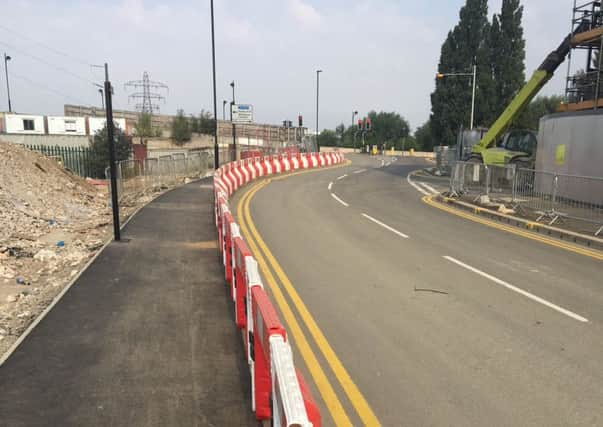First phases of Fletton Quays access road near completion after £1.1 million of funding


The new Fletton Quays complex located off London Road is currently being developed by the Peterborough Investment Partnership, with high quality offices, residential apartment blocks, retail and leisure facilities, as well as a hotel.
Peterborough city councillors at the Growth, Environment & Resources Scrutiny Committee meeting were presented with a report by Andy Tatt, head of Peterborough Highway Projects, who explained that progress on the first two phases of the Fletton Quays access road is nearing completion following the injection of more than £1.1 million of funding.
Advertisement
Hide AdAdvertisement
Hide AdHe went on to say: “This key spinal route running through the Fletton Quays complex has been designed to be built in three phases, with the first two phases completed between July 2017 to August 2018. The third phase is set to commence in a few years time when the site is fully developed.”
The project is part of the Long Term Transport Strategy and Local Transport Plan for Peterborough which has funding totalling £7.85 million secured from Cambridgeshire & Peterborough Combined Authority for a number of highway schemes intended to promote sustainable travel with major infrastructure development.
“Funded by the Department for Transport’s cooperative intelligent initiative, part of the project will see Peterborough trial the installation of several low-energy beacons at key-points in the heart of the city providing real-time, two-way journey information directly to visually impaired users, allowing easier access around the city centre,” Mr Tatt went on.
“The scheme will provide a virtual reality simulation of the city centre showing all the accessible routes, traffic movements, transport hubs, traffic build-up of buses, lorries and cars, allowing software to then model an optimum transport system.
“Later, this will be integrated into the physical environment allowing the movements of traffic to constantly evolve and update the system in real-time.”